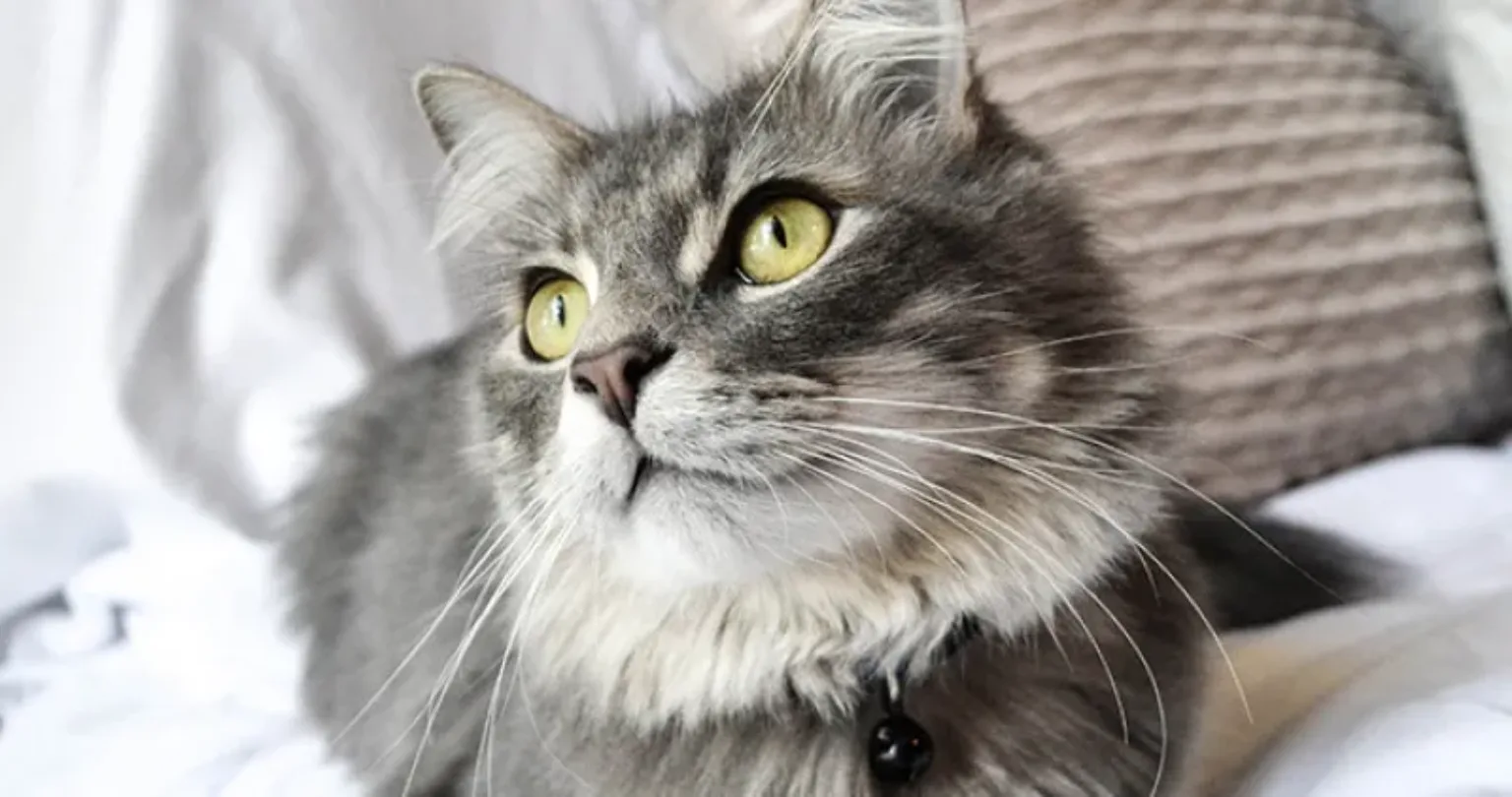Ever feel like your dog is trying to tell you something?
Consider us your pet-to-human dictionary. Ask us anything!

From creating separate areas for each cat, to learning their meows and body language, this animation will help you to understand your pet and their needs.
Helping to balance your cats mood state by providing them with all the essential needs will have a significant effect on their welfare. Learning what your cat likes and reading their body language will help you to see what emotion your cat is feeling and how best to help them.
Remember, cats can feel a variety of emotions such as joy, fear, anxiety, sadness, affection, frustration and anger. There is currently no evidence to show that cats can feel shame, guilt or spite. Therefore, punishing your cat by shouting is only likely to cause them fear.
There are much better ways to help when it comes to dealing with unwanted behaviours or making your cat happy, starting with the following.
Cats will compete for resources that are essential for them to survive and thrive – water, food, toileting areas, high resting places, scratching facilities, places to enter and exit rooms, places to hide, toys, and social time with their humans. If a group of cats needs to share these resources, it will almost certainly encourage disputes between different cats, and arguments will cause high anxiety levels.
The cats’ emotional welfare is the most important thing, so with a little time, effort and money you can change your home environment to give your cats the resources they need. The benefits of this are:
Quite often, cats like places out of the way or high up. On top of the fridge or underneath a chair are often favourites, so they’re well protected and undisturbed whilst they sleep. Provide your cat with a nice comfy bed in the areas of their choice. Also consider cat beds that incorporate perch and hide opportunities, like radiator or covered beds.
There are also complimentary products available which can relax cats, relieve their anxiety and help them get along together. Feline diffusers can help your cat feel more relaxed in the home, some are specifically designed to help improve relationships between cats. Cat anxiety remedies, available in tablets or as supplements, can take the edge off any anxious feelings your cat may have.
Your cat should have the option to hide and perch. Give them an upturned sturdy cardboard box (big enough for your cat to lie in, turn around in and sit on top of), a chair with a large towel draped over it, or similar items in your home. If possible, there should be hiding and perching options in all rooms and floors of your cat’s home.
If your cat chooses to go to these places, especially if worried, they should be left to hide until they are ready to come out by themselves.
All cats should have the opportunity to climb and jump up high. You could use tree branches for ramps, provide platforms and sturdy cardboard boxes, tall scratching posts and even let them explore shelving – minus the ornaments, of course.
Encourage your cat to play with toys and rotate them regularly to prevent over-familiarity and boredom. Use toys that emulate the natural hunting sequence – Locate, Stalk, Chase, Pounce, Kill, Dissect and Eat. If your cat likes to play predatory games, then play with them at various times throughout day with a suitable toy. This means your cat can express their natural hunting behaviours. Some examples of predatory toys to mentally stimulate your cat are:
Cats will meow to communicate with their owners. You may even notice they have a different meow for different things they want from you. Getting to know the different sounds and ways of interacting with you will help you to notice if there are any changes in your cat that may indicate they are unhappy or unwell.
When playing with your cat, remember to give a food reward to finish off the natural hunting sequence – Locate, Stalk, Chase, Pounce, Kill, Dissect and Eat. Avoid any toys (like laser pens) that do not allow your cat to follow this natural hunting sequence, as this can cause your cat to get frustrated and redirect this frustration on to you. If you do use one of these toys, finish the game by offering a toy for your cat to ‘kill’ and a tasty treat afterwards.
Your cat may not always clearly let you know if they’re in pain or unwell. Look out for these subtle signs:
If you have any concerns about the health of your cat, consult your vet immediately.
Take your cat for regular check-ups at the vets for general body condition, weight and teeth. Groom them regularly to keep their coat in good condition and strengthen their bond with you – this is especially for long haired cats. Remember to keep an eye on your cat’s weight and feed them the right diet to keep their teeth healthy.
If you have any questions about your pet, please do not hesitate to contact us for free support.